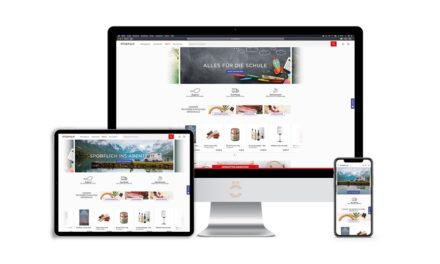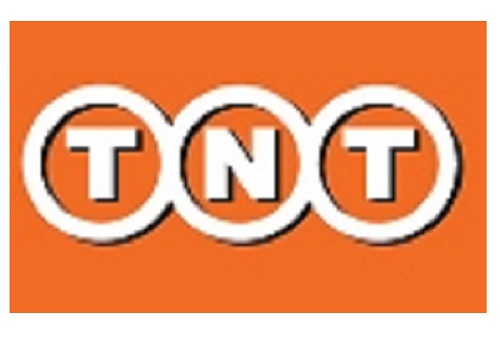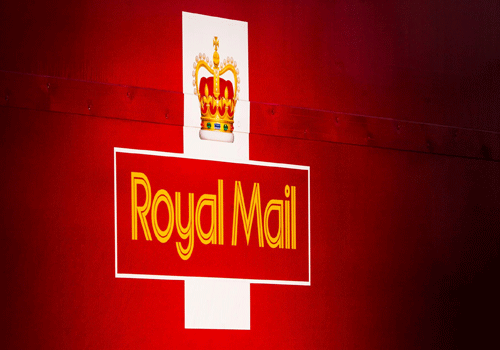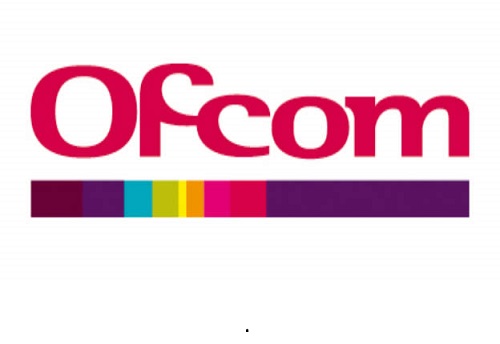
Maximising value from mobility
Simon Gibson, managing director of Quantum Leap Consultancy, writes for Post&Parcel on creating business value through mobility solutions. In today’s challenging markets, businesses must find ways to differentiate themselves either on both price and service, in order to increase or even sustain profitability. However, this differentiation comes at a cost; if the strategy isn’t right, or is implemented poorly, profits can be swiftly wiped out.
Having successfully completed Europe’ largest mobile handheld deployment for a client leveraging technology to reduce price and enhance service provision, I will share a few thoughts on how to get best value from a technology driven transformation.
There are three key aspects to success:
- Maximising business value
- Managing business risks
- Improving ‘time to value
Maximising business value
First, it’s not about the technology. Maximising business value is about designing a business solution that optimises the way in which your people, processes, and technology interface. Take handhelds in the postal sector. Their primary purpose has been electronic proof of delivery; which these days is a bit like buying a high specification PC and using it only for email. My client assessed and optimised its entire sales to billing process as part of the handheld programme to make sure it got best value – use of the handhelds for proof of delivery was only part of the solution
To maximise business value, the client used handhelds to:
- Connect the field operations staff with the sales team, providing the sales team with up to the minute leads;
- Provide two way field communications with field staff, enabling them to operate effectively and safely;
- Provide routing information to optimise journey times;
- Communicate to customers to reduce failed deliveries;
- Increase accuracy in the billing and revenue protection process;
- Enhance customer and business management information and reporting; and, of course,
- Provide electronic proof of delivery;
The easy option would have been to use handhelds simply to replace an activity – paper cards with electronic proof of delivery (ePod) at the doorstep. However, designing the solution to impact throughout the sales to billing process has greatly increased the business value derived. As most of the investment cost is in the handhelds and support already being deployed for ePoD, the marginal cost of this increased business value is low.
Managing business risk
To use an analogy, building a new house is low risk, whereas renovating a listed building is more complex, and the same is true for postal technology transformation. The handheld hardware has been designed for the postal industry and software firms are also expert at designing and building solutions for the postal industry. So once you have selected business partner(s) and contracted appropriately, you can answer two initial questions:
- Does the hardware meet requirements? Yes.
- Does the software meet requirements? Yes.
Then you can pass these risks across to the suppliers. Once you’ve put in place strong project management to complement the contract and commercial expertise, you’ve gone a long way to managing the “external” risk.
Now you’re ready to build your new house. Unfortunately, unless you’re new to this space, you won’t be “building a new house from scratch”; you will be renovating. You will need to interface with legacy IT infrastructure and business processes that are not uniformly adhered to in the field. And these, for me, are the two key “internal” business risks.
- Can your infrastructure handle it?
- Can your business continue to operate existing processes whilst adapting to use the new?
You can share these risks, or try to discharge them on the supply base, but risks are best managed where the area of accountability lies. In the case of infrastructure, that’s either with the client’s IT team or an outsourced provider. In the case of processes, the expertise and accountability lies squarely with the client’s business teams be they existing operations and commercial functions or new areas established to cater for new ways of working.
In short, to manage your key risks, you need three critical pillars in place.
- Programme, Project, and commercial management
- Expert knowledge of client IT infrastructure and support processes
- Business expertise that can design, embed and leverage the new ways of working.
Weakness in any area will lead to a sub-optimal solution. Occasionally, programmes will have a lead that has expertise across all areas, though this is not always the case. In my case, the client was willing to invest in strong leaders in each of these three areas, and to forge these leaders into a team. It was this recognition that all three areas required strong leadership which gave the business the strength and depth of experience and expertise to manage risks effectively.
Improving time to value
In most cases, the quicker something is implemented, the quicker you can start making returns on your investment. However, it’s often thought that speed is inherently risky, that staff don’t like change and that giving them more time to adjust is a good thing. However, change is the journey, not the destination. Change is uncertainty. With this in mind, lengthy implementation windows can be worse. Staff remember the old technology, the old ways of working, for longer. There is increased parallel working leading to confusion about what is the right way. There is opportunity for people to try to turn back the clock, to try to move back from uncertainty to the comfort they knew.
The key to change is not duration, it is preparation. Time must be invested up front in planning so that when the business is ready to make the change, it can do so with pace and precision. This minimises the period of change and uncertainty, and gives staff the opportunity to quickly become comfortable with their new way of working. This in turn reduces change costs (as the support period is shorter) and increases business value (by reducing time to value). Part of these two financial benefits can be factored into making sure the business puts the right focus and investment in change management and its preparation.
Firmly grasping these principles, my client deployed 27,000 handhelds in 2,100 locations and trained 35,000 staff in 12 weeks, and the solution performed to a high level of quality from Day 1. This not only enabled the rapid adoption of new ways of working, but enabled acquisition of customers in a new market segment to help address decline in my client’s traditional business services.
Summary
In summary, investment in mobile solutions isn’t a technology investment, it’s a business opportunity to get people, process, and technology working better together – and that is how you maximise business value. Whilst there is much that can be delivered by a competent supply base, this level of transformation requires core business expertise at its heart. It is about how you recognise and manage risks; how you manage change through preparation, precision, and pace, and precision. Get these right and you will not only improves your time to value, but you will deliver a business solution which really differentiates you from the competition.
To leave a comment for Simon, please post below…













